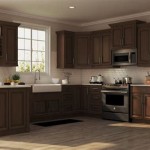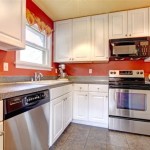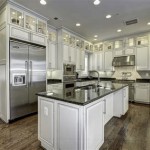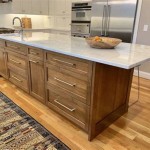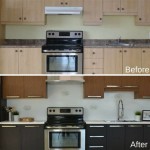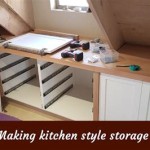Cost of Refacing Cabinets vs. Replacing: A Comparative Analysis
When it comes to renovating your kitchen, one of the most significant decisions you'll make involves your cabinets. Should you reface them or replace them entirely? Both options have their merits and drawbacks, and the best choice for you depends on your budget, lifestyle, and design goals.
Cost Comparison
The cost of refacing cabinets is generally lower than replacing them. Refacing involves applying a new veneer or laminate over the existing cabinet doors and drawers, while replacing them requires removing the old cabinets and installing new ones. The cost of refacing ranges from $5,000 to $15,000, while replacing them can cost anywhere from $10,000 to $30,000 or more.
Pros and Cons of Refacing
Pros:
- Lower cost: Refacing is typically significantly less expensive than replacing cabinets.
- Less disruptive: Refacing does not require removing the old cabinets, which means less disruption to your kitchen during the renovation.
- Can update the look of your cabinets: Refacing can significantly update the appearance of your cabinets without having to completely replace them.
Cons:
- May not be suitable for all cabinets: Refacing may not be an option for cabinets that are severely damaged or in poor condition.
- Limited design options: Refacing typically involves using pre-made veneers or laminates, which may limit your design options compared to replacing cabinets.
- May not last as long as replacement cabinets: Refaced cabinets may not last as long as new cabinets, as the new veneer or laminate may eventually peel or chip.
Pros and Cons of Replacing
Pros:
- More durable: New cabinets are more durable and long-lasting than refaced cabinets.
- Wider range of design options: Replacing cabinets gives you a wider range of design options, including custom cabinets tailored to your specific needs and preferences.
- Can improve functionality: Replacing cabinets can provide an opportunity to improve the functionality of your kitchen by adding features such as pull-out shelves or soft-close drawers.
Cons:
- Higher cost: Replacing cabinets is generally more expensive than refacing.
- More disruptive: Replacing cabinets involves removing the old cabinets and installing new ones, which can be disruptive to your kitchen during the renovation.
- May require additional work: Replacing cabinets may require additional work, such as replacing countertops or backsplashes, which can increase the cost of the project.
Factors to Consider
When deciding between refacing and replacing cabinets, consider the following factors:
- Budget: Refacing is typically less expensive than replacing cabinets.
- Condition of existing cabinets: If your cabinets are in good condition, refacing may be a viable option.
- Design goals: If you want to significantly update the look of your cabinets or add new features, replacing them may be a better choice.
- Timeline: Refacing is typically less disruptive and takes less time than replacing cabinets.
- Lifestyle: If you have a busy lifestyle or do not want to deal with a major kitchen renovation, refacing may be a more convenient option.
Conclusion
Ultimately, the decision of whether to reface or replace cabinets depends on your individual needs and preferences. Consider the factors discussed above to make the best choice for your kitchen renovation.

Cabinet Refacing Process And Cost Compared To Painting

Refacing Vs Replacing Cabinets Which Is Better For Your Kitchen Guilin

Refinishing Vs Refacing Replacing Best Option For Your Cabinets

Cabinet Refacing Vs Replacing Which Is More Cost Effective

New Kitchen Cabinet Affordability Replacement Vs Refacing

Refinishing Vs Kitchen Refacing American Wood Reface

Kitchen Cabinet Refacing By Improveit

Cost To Reface Cabinets Cabinet Refacing Fixr

Cabinet Refacing Cost Is It Er To Replace Or Reface 2024 Data

Reface Or Replace Kitchen Cabinets Pros Cons 180 Kitchens Vancouver
Related Posts


